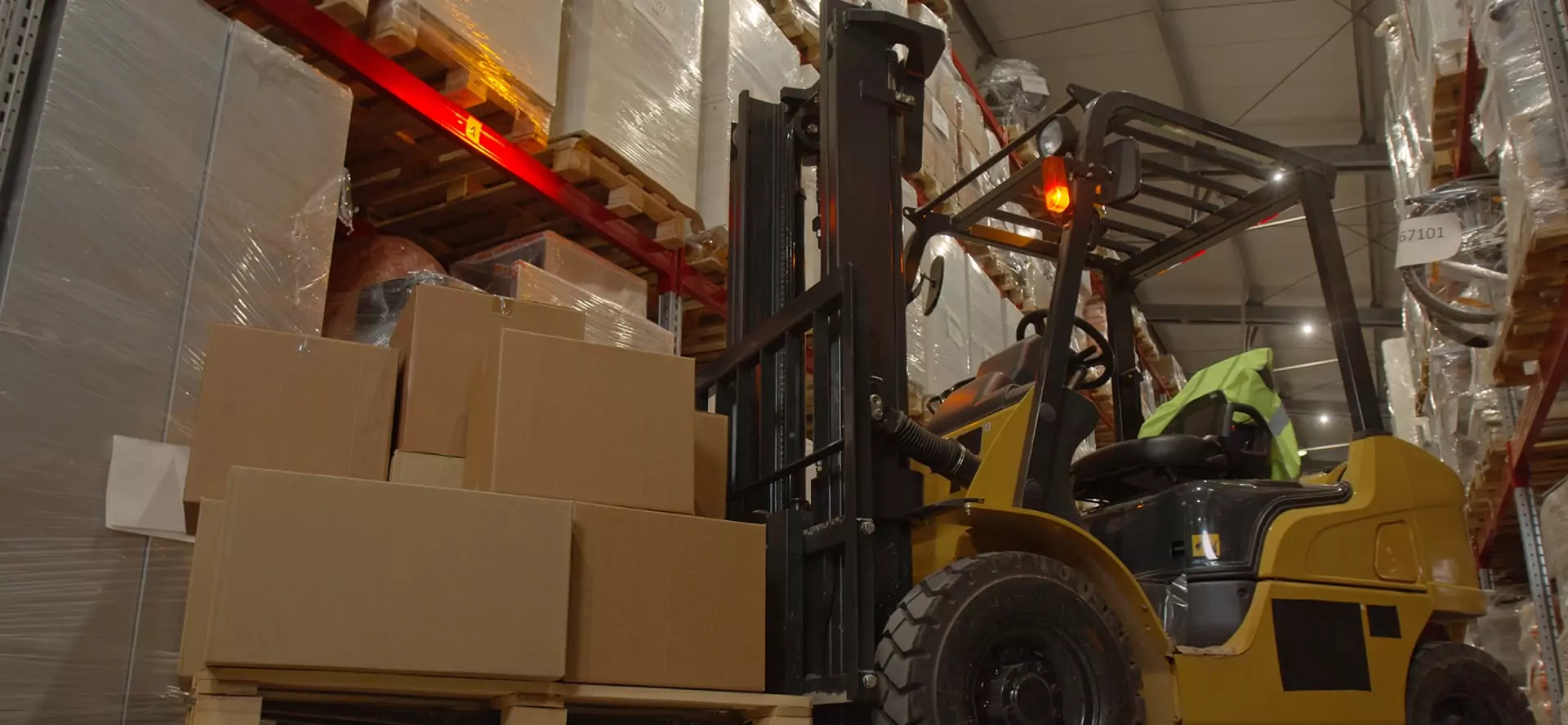
Industrial chains play a crucial role in the realm of industrial equipment and components, particularly in the domain of conveying devices. These chains are designed to transfer mechanical power and motion efficiently, making them indispensable in various manufacturing processes. Understanding the industrial chain's functionality, types, and applications can significantly improve operational effectiveness and equipment longevity.
At its core, an industrial chain consists of a series of interconnected links that work together to form a flexible and durable mechanism. They are primarily used in conjunction with sprockets, allowing for power transmission in a wide range of applications, from simple machinery to complex automated systems. The design and material of the chain determine its load-bearing capacity, durability, and suitability for specific tasks.
There are several types of industrial chains, each tailored for particular applications. Roller chains are among the most common, widely used in conveyor systems due to their efficient power transmission capabilities. They consist of cylindrical rollers that reduce friction and wear, allowing for smooth operation. On the other hand, block chains and leaf chains serve specialized purposes, such as lifting heavy loads or providing robust support in demanding environments.
The application of industrial chains is extensive, encompassing industries such as manufacturing, automotive, and food processing. In manufacturing, they are crucial for moving materials along assembly lines, ensuring a steady flow of production. In the automotive sector, chains help drive engine components, ensuring synchronization of moving parts. Food processing facilities also rely on industrial chains to transport products through various stages, maintaining efficiency and hygiene.